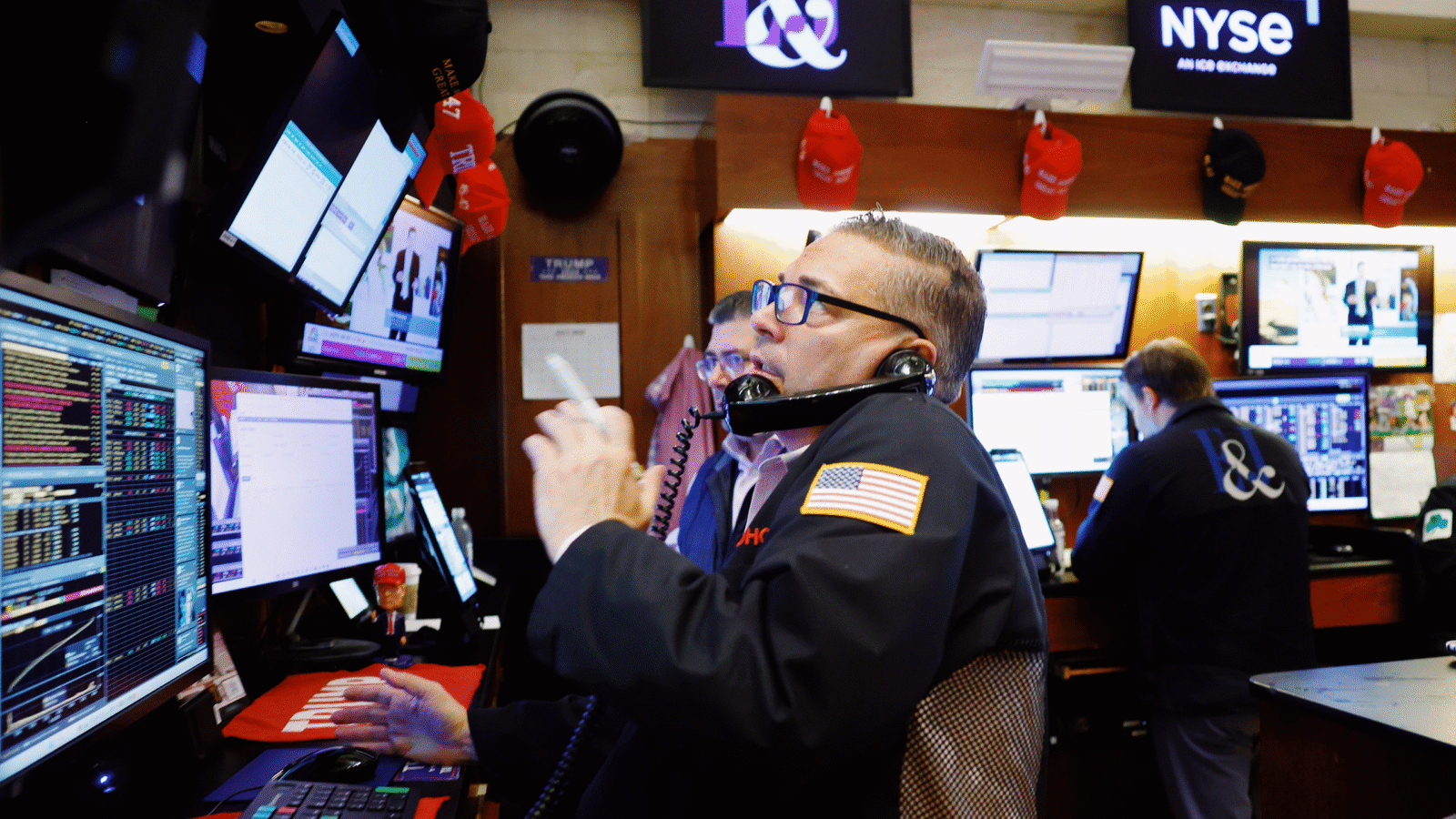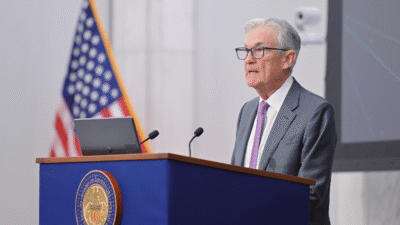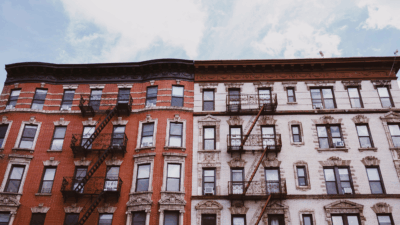Home Economics: Homeownership is still the American Dream. But Should it Be?
Buying a home is expensive. And so is owning one. In the era of high mortgage rates and soaring expenses, is homeownership still worth it?

Sign up for smart news, insights, and analysis on the biggest financial stories of the day.
If homeownership is the American dream, then the country is slowly but surely waking up, a little bleary-eyed and hazy, asking, Was that real? And can I fall back asleep?
Home prices have never been higher, and interest rates haven’t been this steep since the ‘80s. Meanwhile, property taxes in most desirable areas are on the rise, all while the costs of property insurance and routine maintenance soar. Translation: Buying a home is expensive. And so is owning one.
Which means homeownership isn’t the smartest move for everybody. Americans on the lower end of the income spectrum are finding themselves priced out of the market, while some Americans — those with more economic means and a certain amount of financial savvy — are similarly concluding that they’re better off as renters. Perhaps even far better off.
In other words, homeownership, viewed as the bedrock of personal finances in America for over a century, may no longer be the no-brainer life decision it’s long been for US families.
Living the Dream
To be clear, owning a home can of course be a great investment — if you can afford it (and, finances aside, a home can be a great emotional investment for families). Housing stock in America remains extremely limited, and demand is incredibly robust (dreams don’t die overnight). The simple physics of supply and demand tell the rest of the story.
Just ask most homebuyers who purchased their abode 10, 15, or 20 years ago:
- The median value of a US home in 2000 was $119,600, according to the US Census Bureau. That rose all the way to $413,200 by 2023.
- That’s a roughly 300% increase in value, well outpacing the roughly overall 80% rate of inflation over the same time period.
Much of that appreciation has occurred in just the past five years. Since 2019, home prices in the US have spiked by around 54%, according to a Washington Post analysis of home value data from the mortgage technology division of Intercontinental Exchange. All while 30-year mortgage rates have spiked from just under 4% to nearly touching 8% in November last year, before climbing to 7.39% again this May, according to Bankrate data. That sound you hear? Millions of millennials cursing their peers who swooped in and bought a home during that magical, brief window in early 2021 when rates fell below 3%. Now that’s called living the dream.
And just this past week, data released from the S&P CoreLogic Case-Shiller U.S. National Home Price Index showed that US home prices in June reached their highest level ever, and were a full 5.4% higher than the same month a year ago.
“The upward pressure on home prices is making this the most unaffordable housing market in history,” Lisa Sturtevant, chief economist at Bright MLS, told The New York Post. “First-time and moderate-income home buyers, in particular, increasingly are being left out of the housing market.”
In July, a Wall Street Journal and NORC poll of 1,502 US adults found that 89% of respondents said owning a home is essential or important to their vision of the future, but just 10% said it’d be easy or somewhat easy to achieve. Small wonder one of the very first policy proposals to come out of Vice President Kamala Harris’ truncated, speedrunning campaign was a plan to boost housing supply and lower costs.
Adding Up: And that’s just the start of it. Literally.
The price of insuring a home has on average increased around 33% since 2019, according to a recent data analysis by The New York Times. The spike has been worse for homes in areas increasingly prone to extreme weather events like floods or wildfires, with some insurance companies throwing their hands up and deciding certain locations are uninsurable altogether.
On Wednesday, Bloomberg reported that AllState is preparing to increase insurance rates in California by an average of 34% starting in November, with some customers seeing premiums rise as much as 650%. Sure, the Golden State is full of jobs and opportunities. But homeownership? Now that’s California dreaming.
And that’s not all. According to a report from home maintenance commerce platform Thumbtack, the average annual cost of routine home maintenance — such as HVAC repairs or roof repairs — in the US rose to $6,663 in the fourth quarter of 2023, up around 8% year-over-year.
Shifting Winds: All this has tipped the economics of homeownership for the first time in generations.
“I’ve been giving wealth management advice professionally for 23 years, and my opinion [of homeownership] is very different today than it used to be,” Chad Willardson, chief financial fiduciary at Pacific Capital, told The Daily Upside. He cited purchase prices, mortgage rates, and property taxes as the top three reasons the financial calculus of homeownership has fundamentally changed.
And while soaring costs typically price out lower-income buyers, this time they’ve kept high-income earners on the sidelines as well. One population segment that you’d think would know a thing or two about investments is starting to prefer the renter’s life.
“Compared to the rest of the population, more people in finance rent than purchase an apartment,” Bill Kowalczuk, a New York City real estate broker with Coldwell Banker Warburg, told The Daily Upside.
“They’d rather pay $20,000 a month in rent, or a quarter-million dollars a year, and take the money that they would have spent purchasing a $6 or $7 million apartment and put it into the stock market investments. They’ll make more money that way,” Kowalczuk said. “And after five years or six years, they tend to see, OK, ‘I’m $1.25 million out of pocket paying rent. However, my $6 million in the past five years has turned into $9.5 million.’ And so they’re making more money that way, investing and putting their money elsewhere.”
Beating the housing market and the stock market? For finance bros, that’s the dream.
Remote Control: If there’s one silver lining to be found, at least according to Willardson and his clients, it’s that some Americans are increasingly happy with the freedom that comes with renting in the work-from-anywhere era.
“I’ve seen more clients… try living in different places, with different seasons, different environments,” Willardson said. “Having more of a flexible turnkey situation where they come home and they don’t have to pay for the pool guy or the gardener or the homeowner’s insurance or all the different expenses — it’s an interesting trend I’ve seen over the last five to 10 years.”
Hey, maybe that’s a new kind of American dream. Just don’t expect those memories of backpacking and laptopping across the Pacific Trail to mature into a suitable retirement nest egg.











